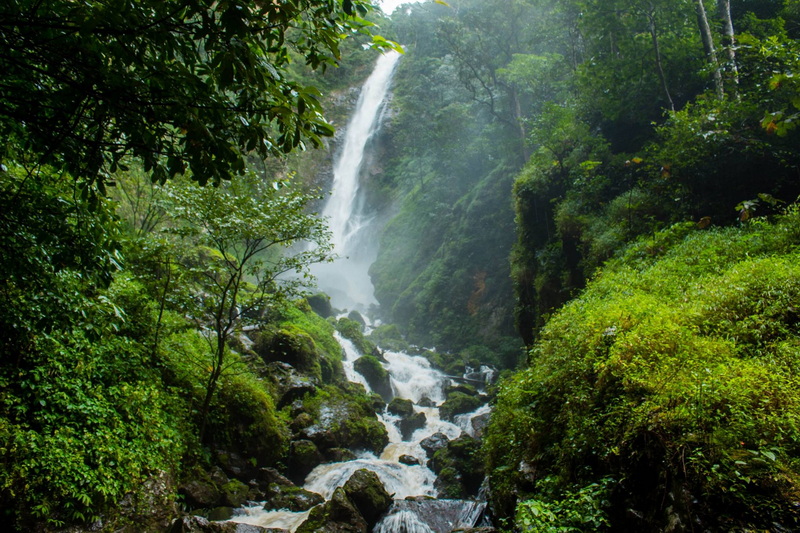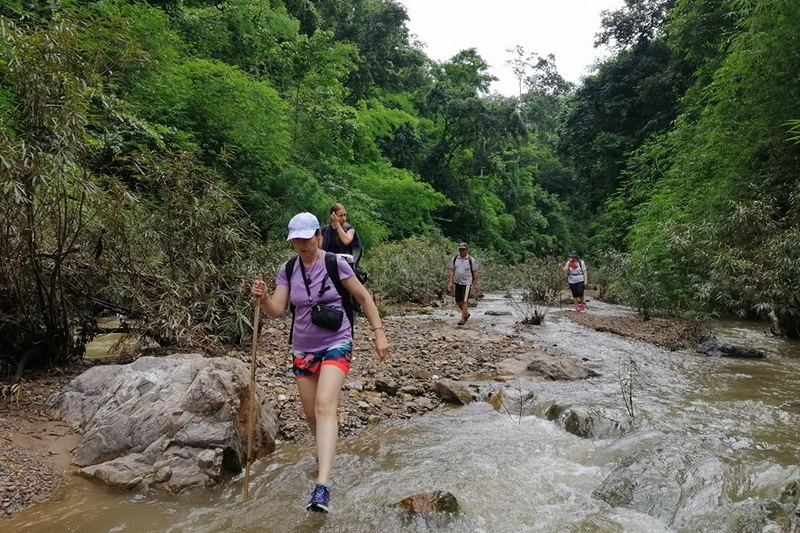Ban Mae Lana Cultural Trekking Destination in Pang Mapha Mae Hong Son
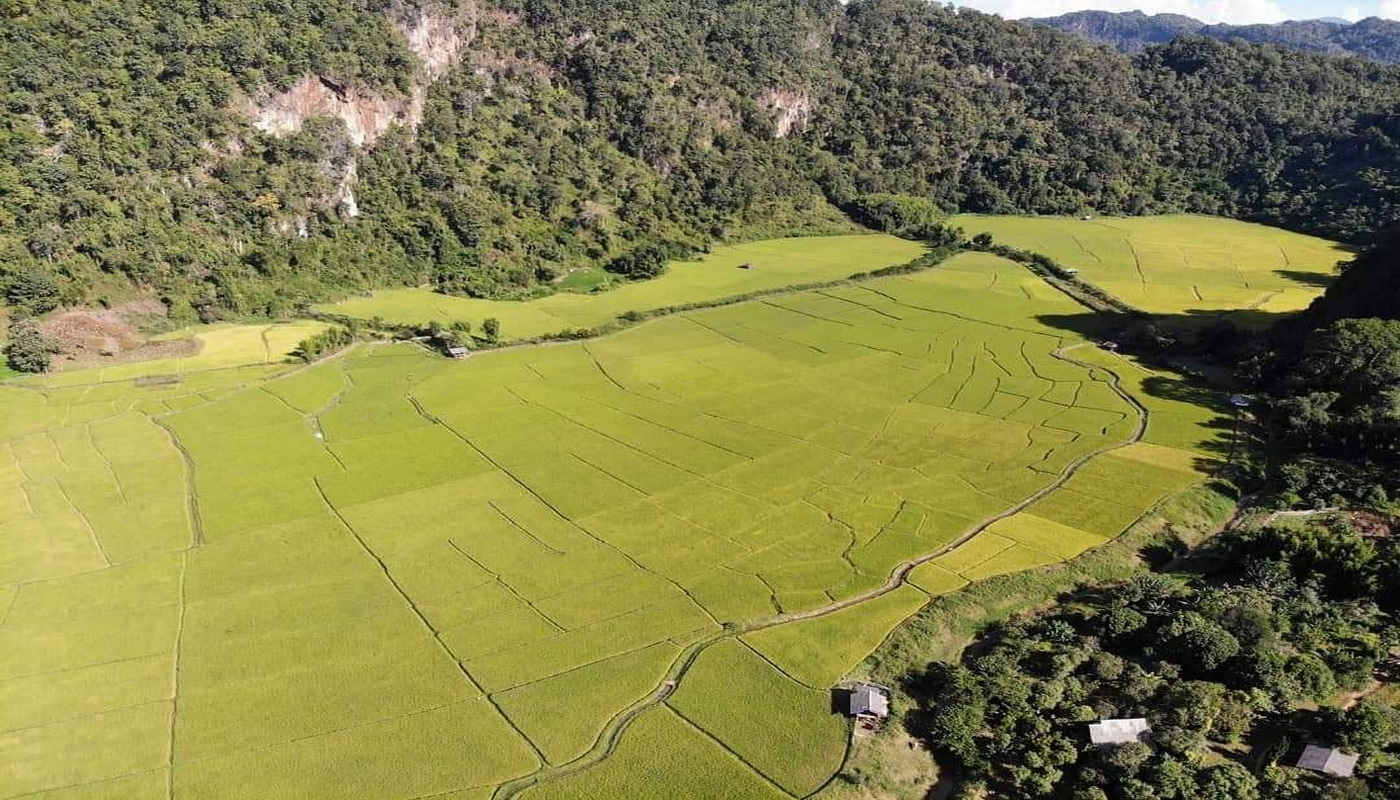
Experience a hidden Shan village with authentic trekking, spiritual caves, and tranquil living nestled in the forested valley of Pang Mapha.
🌿 Where Nature and Culture Live in Harmony
Tucked deep in the mountains of Pang Mapha, Ban Mae Lana is a Shan village that has preserved its identity for over two centuries. With around 700 residents in 165 households, it offers a rare opportunity to witness traditional mountain life untouched by urban development. The people here still speak Shan, wear traditional clothing on temple days, and live according to Buddhist and animist customs.
The village’s layout hugs a valley surrounded by forested peaks, terraced paddies, and the river that inspired its name. Time here moves gently, guided by seasons and community rhythms. This sense of harmony makes it one of the most culturally rich and serene destinations in Mae Hong Son.
Ban Mae Lana is spread along a narrow green valley, encircled by hills and thick forests. The terrain features lowland rice paddies, vegetable plots, and natural waterways. Houses here are raised on stilts, built from local wood, and often shared by extended families. The village temple, Wat Mae Lana, is not only a religious site but also a social center where seasonal festivals, meditation gatherings, and cultural ceremonies take place.
Electricity and phone signals are present but limited. What defines the village more is its self-reliance and deep knowledge of natural resources. Nearly every household grows their own food, collects bamboo and herbs, and crafts tools by hand. Guests who stay overnight are welcomed into this rhythm of quiet, intentional living—learning by doing, not watching.


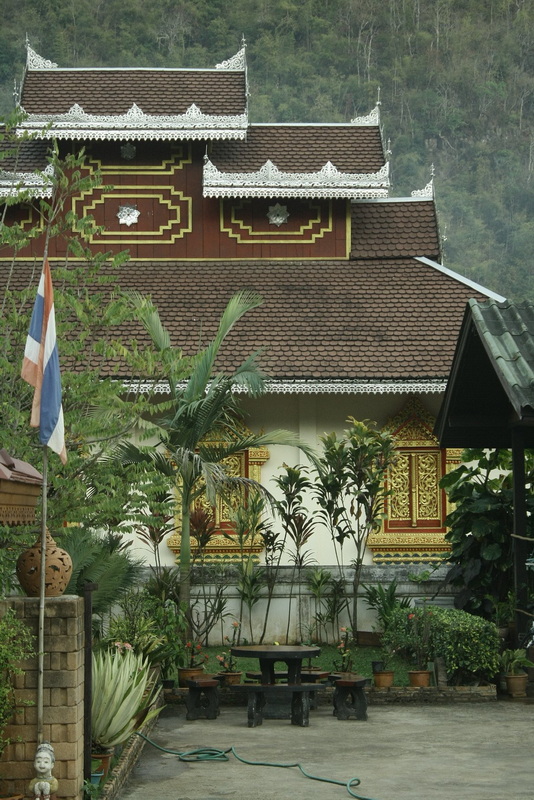
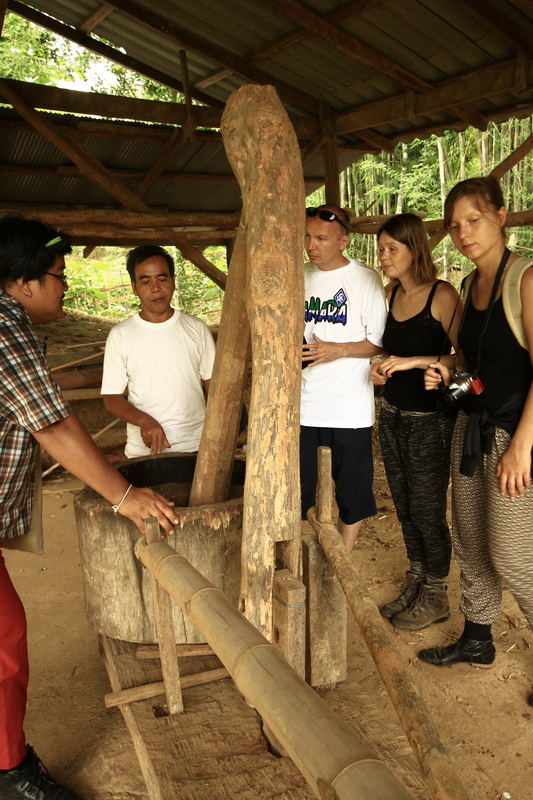

The community of Ban Mae Lana is made up almost entirely of Shan people, also known as Tai Yai—an ethnic group with roots in southern China, Myanmar, and northern Thailand. The Shan language is spoken at home and in daily interactions, while Thai is used mainly for official or external communication.
Their traditions blend Buddhism with spirit worship. Large trees are honored with sacred cloth; caves are approached with prayer. Seasonal festivals such as Poi Sang Long (the novice ordination of young boys) and rice harvest celebrations are held with music, colorful clothing, and communal meals. Knowledge is passed through oral storytelling and daily practice—whether in farming, weaving, or cooking.
The Shan in Mae Lana village are known for their humility, generosity, and sense of community. Welcoming visitors isn’t seen as a business—but as a way to share what they have and who they are. This makes the cultural experience here deeply personal and memorable.
The surrounding landscape is perfect for adventurous travelers seeking trekking in Mae Hong Son that goes beyond marked paths. Forest trails here aren’t tourist-tamed—they’re used by locals to collect herbs, forage wild vegetables, and visit hidden caves.
The crown jewel is Tham Mae Lana, a 12-kilometer-long cave that ranks as Thailand’s longest. Entering the cave is like stepping into another world—one filled with shimmering walls, underground waterfalls, and blind cave fish that have adapted to the darkness. You’ll need a local guide, proper gear, and respect for this sacred underground realm.
Shorter trekking routes include Tham Pha Karang and Tham Phet, known for coral-like rock formations and glistening “pearl stones.” Unlike commercial caves, these are unlit and undeveloped—perfect for travelers craving raw beauty and cultural depth.
Guides from the village explain both the physical landscape and its deeper meanings. A bend in the trail may lead to a sacred tree wrapped in cloth, while a pause beside a stream might include stories about how forest spirits protect the land. This is what makes Eco trekking Mae Hong Son so powerful—an experience that educates, not just entertains.
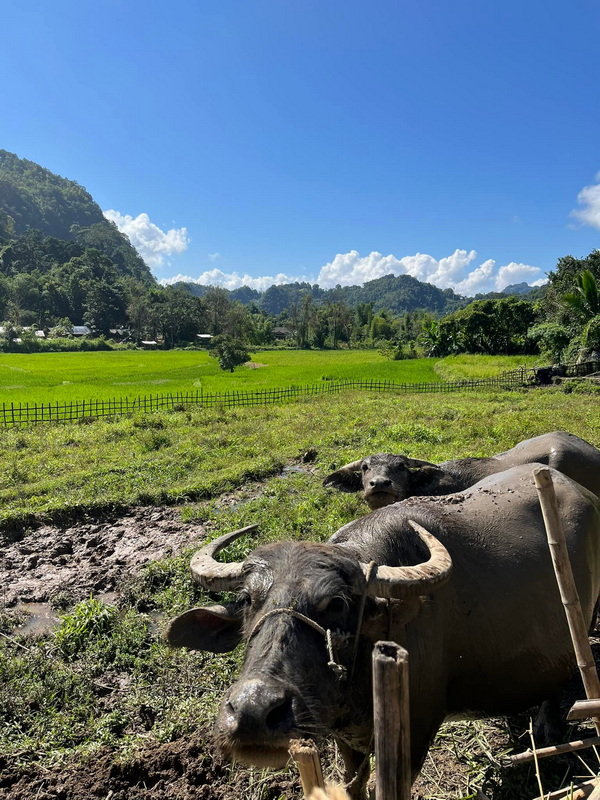
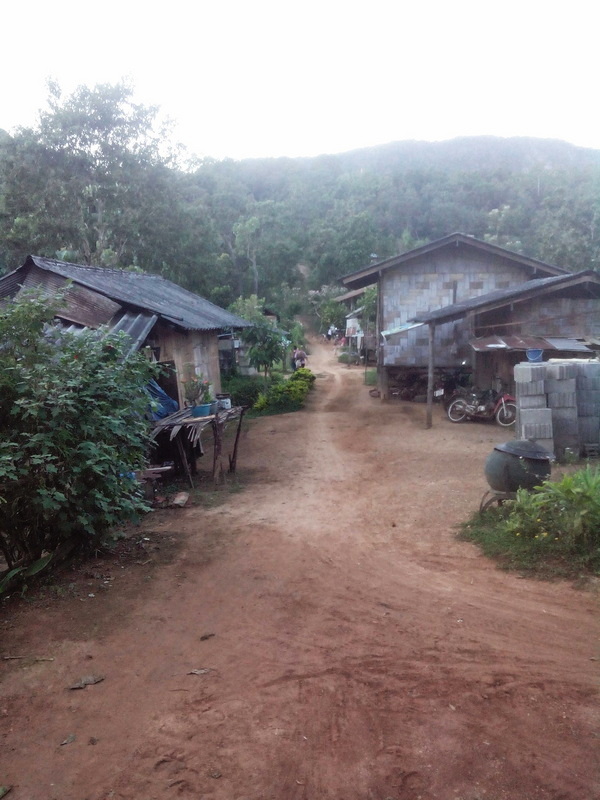
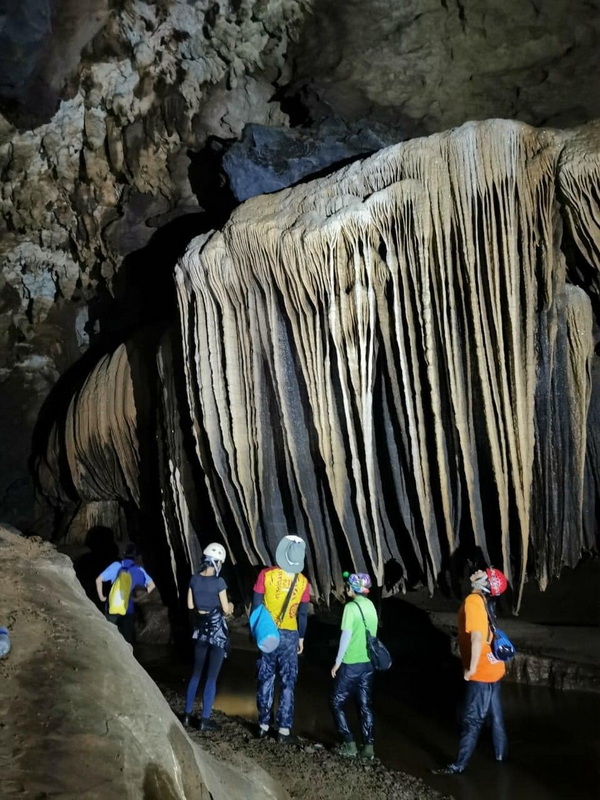
🧘♀️ A Way of Life Rooted in Earth and Ritual
Staying in Baan Mae Lana means becoming part of village life, even briefly. Accommodations are simple stilted homes run by families who welcome guests with warmth and sincerity. During your visit, you might join in:
-
Observing the sesame oil press in action, where roasted seeds are slowly ground and filtered using wooden tools.
-
Watching elders prepare steamed sticky rice before pounding it into smooth, shareable discs.
-
Visiting the village sauna where herbs gathered from the forest are used to cleanse and relax the body.
-
Joining community meals where food is eaten together on low tables, with dishes like pumpkin curry, wild mushrooms, and grilled river fish.
Here, tourism isn’t separated from life—it’s shared.
👉 Our Tours
🛣 How to Get to Mae Lana Village
From Mae Hong Son town or Pai, drive along Route 1095 toward Pang Mapha. After passing Soppong and the entrance to Ban Jabo, turn onto a smaller road that climbs through the hills and leads directly to Ban Mae Lana. The last few kilometers offer dramatic mountain views and a growing sense of solitude.
Looking for real culture, real people, and real nature? Book your Ban Mae Lana trek and connect with the soul of northern Thailand.
🧭 Nearby Places
A colorful village set along the hillside, where Lahu elders pass on textile weaving techniques and healing herbs used in traditional medicine.
This Karen village emphasizes conservation and local wisdom, including basket weaving, rice farming, and cooking with seasonal forest plants.

